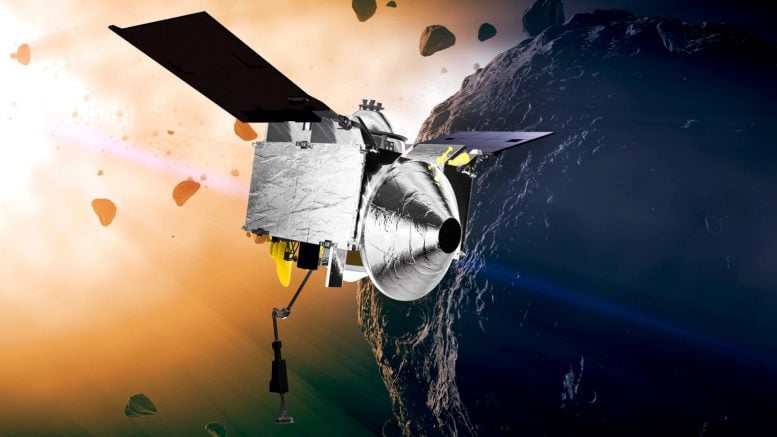
NASA’s OSIRIS-REx Asteroid Sample Return Mission. Credit: NASA’s Goddard Space Flight Center
NASA’s OSIRIS-REx spacecraft is cruising back to Earth with a sample it collected from the rocky surface of asteroid Bennu. When its sample capsule parachutes down into the Utah desert on September 24, OSIRIS-REx will become the United States’ first-ever mission to return an asteroid sample to Earth.
After seven years in space, including a nail-biting touchdown on Bennu to gather dust and rocks, this intrepid mission is about to face one of its biggest challenges yet: deliver the asteroid sample to Earth while protecting it from heat, vibrations, and earthly contaminants.
“Once the sample capsule touches down, our team will be racing against the clock to recover it and get it to the safety of a temporary clean room,” said Mike Moreau, deputy project manager at NASA’s Goddard Space Flight Center in Greenbelt, Maryland.
NASA’s OSIRIS-REx spacecraft is cruising back to Earth with a sample it collected from the rocky surface of asteroid Bennu. When its sample capsule parachutes down into the Utah desert on Sept. 24, OSIRIS-REx will become the United States’ first-ever mission to return an asteroid sample to Earth. Credit: NASA’s Goddard Space Flight Center
So, over the next six months, the OSIRIS-REx team will practice and refine the procedures required to recover the sample in Utah and transport it to a new lab built for the material at NASA’s Johnson Space Center in Houston. There, scientists will unpack the sample, distribute up to a quarter of it to the OSIRIS-REx science team around the world for analysis, and curate the rest for other scientists to study, now and in future generations.
Flight dynamics engineers from NASA Goddard and KinetX Aerospace are reviewing the trajectory that will bring the spacecraft close to Earth. At Lockheed Martin in Denver, team members are keeping tabs on the spacecraft and preparing a group to recover the sample capsule. This summer, crews in Colorado and Utah will practice all of the steps to recover the capsule safely, while protecting it from contamination. At Johnson Space Center, the curation team is rehearsing their procedure to unpack and process the sample inside glove boxes. Meanwhile, members of the sample science team are preparing the investigations they will perform with the sample material once received.
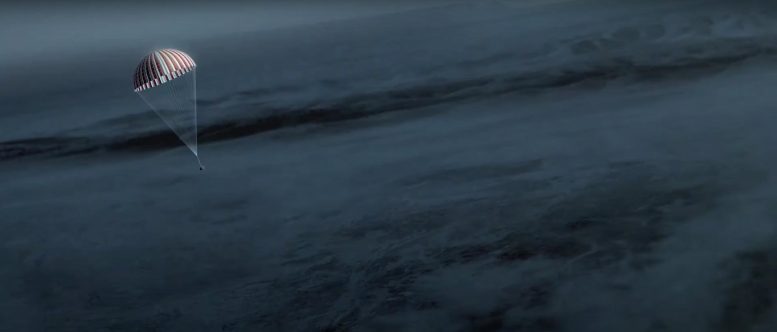
The Bennu asteroid sample capsule from NASA’s OSIRIS-REx spacecraft will parachute down into the Utah desert on September 24, 2023. Credit: NASA
“The OSIRIS-REx team has already performed amazing feats characterizing and sampling asteroid Bennu,” said Dante Lauretta, OSIRIS-REx principal investigator from the University of Arizona, Tucson. “These accomplishments are the direct result of the extensive training and rehearsals that we performed every step of the way. We are bringing that level of discipline and dedication to this final phase of the flight operations.”
Asteroids are the ancient materials left over from the original era of planet formation and may contain molecular precursors to life. Scientists have learned a great deal from studying asteroid fragments that have naturally reached the ground as meteorites. But to understand whether asteroids played a role in delivering these compounds to Earth’s surface over 4 billion years ago, scientists need a pristine sample from space, free from terrestrial contaminants.
In addition, the most fragile rocks observed on Bennu probably would not have survived passage through Earth’s atmosphere as meteorites. “There are two things pervasive on Earth: water and biology,” said Dr. Jason Dworkin, OSIRIS-REx project scientist at NASA Goddard. “Both can severely alter meteorites when they land on the ground and muddle the story told by the sample’s chemistry and mineralogy. A pristine sample could provide insights into the development of solar system.”
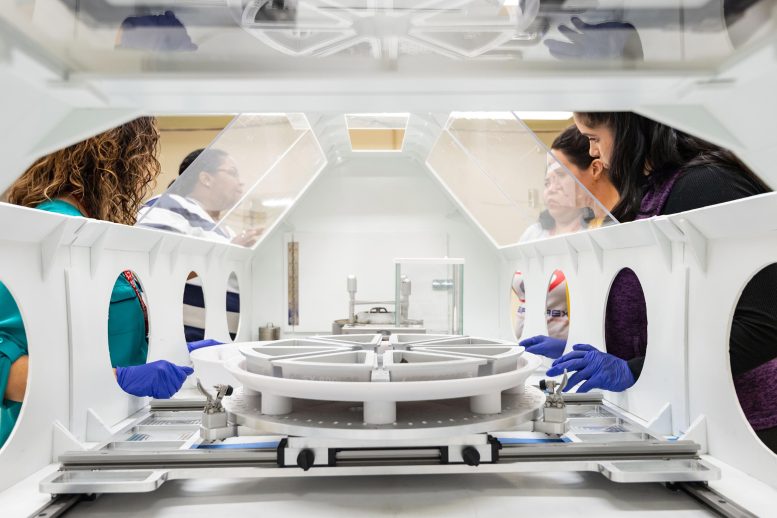
Members of NASA’s OSIRIS-REx curation team practice with a mock glove box at the agency’s Johnson Space Center in Houston. The curation team will be among the first to see and handle the sample OSIRIS-REx is returning from asteroid Bennu. They are also responsible for storing and distributing the sample to science team members around the world. Most of the sample will be stored for future generations. Credit: NASA Johnson/Bill Stafford
On September 24, as the OSIRIS-REx spacecraft flies by Earth, it will release its sample return capsule, thereby ending its primary mission. The capsule, which is estimated to hold about a cup of Bennu’s material – 8.8 ounces +/- 3.6 ounces (250 grams +/- 101 grams) to be precise – will land within a 37-mile by 9-mile ellipse (59 km by 15 km) within Department of Defense property that is part of the Utah Test and Training Range and Dugway Proving Grounds.
OSIRIS-REx team members from NASA Goddard, KinetX, Lockheed Martin, and NASA’s Langley Research Center in Hampton, Virginia, are using computer models to test navigation plans in various weather, solar activity, and space debris scenarios to ensure that when the capsule enters Earth’s atmosphere at 10:41 a.m. ET (8:41 a.m. MT), it will touch down inside the targeted area 13 minutes later.
Recovery crews are responsible for securing the sample return capsule’s landing site and helicoptering it to a portable clean room located at the range. Additionally, crews will collect soil and air samples all around the landing capsule. These samples will help identify if any minute contaminants contacted the asteroid sample.
Once the capsule is inside the building with the portable clean room, members of the team will remove the heat shield, back shell, and other components to prepare the sample canister for transport to Houston.
The return to Earth of samples from asteroid Bennu will be the culmination of a more than 12-year effort by NASA and its mission partners but marks the beginning of a new phase of discovery as scientists from around the world will turn their attention to the analysis of this unique and precious material dating from the early formation of our solar system.
NASA’s Goddard Space Flight Center oversees mission management, systems engineering, and safety and mission assurance for OSIRIS-REx. The University of Arizona, Tucson, led by principal investigator Dante Lauretta, spearheads the science team, science observation planning, and data processing. Lockheed Martin Space in Colorado constructed the spacecraft and handles flight operations, while Goddard and KinetX Aerospace navigate the spacecraft. Sample curation, including processing upon Earth arrival, will occur at NASA’s Johnson Space Center in Houston. International collaborations include the Canadian Space Agency’s OSIRIS-REx Laser Altimeter instrument and a partnership with the Japan Aerospace Exploration Agency’s Hayabusa2 mission for asteroid sample science. OSIRIS-REx is the third mission in NASA’s New Frontiers Program, which is managed by NASA’s Marshall Space Flight Center in Alabama on behalf of the Science Mission Directorate in Washington.

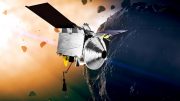
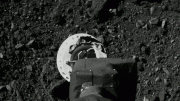
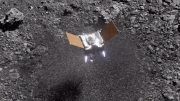
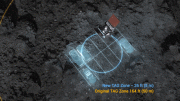
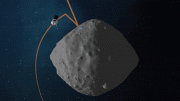
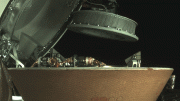
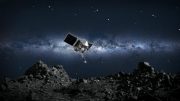
I am sorry. Obviously, a private individual however rich is entitled to spend their money how ever they see fit. Even foolishly.
That is not however, in any way a principle that the government can or should follow in any way. IT DOES NOT HAVE ANY RIGHTS AT ALL. It can never escape it works for ALL OF US ALL THE TIME.
And if one compared the HUGE GOVERNMENT RESOOURCES THAT WHEN INTO A SMALL SAMPLE FROM A SMALL VERSION OF A ZILLION OF THEM IN THE UNIVERSe…… all of which were formed in essential the same way….. however that is…. and we have already brought samples back from the moon; I doubt seriously that it was a wise spending of government, in which for 75 years we have not raised taxes to pay for trillions government has spent.
And we need to stop spending, these types of unnecessary expenses. And had we not done so, And never found out what ever true knowledge it might reveal, I doubt seriously that any future generation will agree to pay for things like this KNOWING WHAT IT TOOK, for them to insist on having what they spend be no more than what they take in. Period.
If we want to pay for them fine. We can do whatever we want jointly with “our money”
But we don’t have the righ to do that with future generation’s money.
Remember, my parents generation learn that lesson from the 1929 reality adjustment and WWII which caused all of them, to agree to GREAT SACRIFICE that continued after the war ended. (I even had my own saving stamp book, I bought stamps for out of my allowance, when I went to the market with my mother.) And they paid off almost all of the huge TMEMPORARY DEBT OF BOTH!
If they can do it SO CAN WE. We just choose not to.
So what, that post was almost as ridiculous as the one that say Hey! I just made $5000 working online ask me how !!!
That post was almost as ridiculous as Hey! I made $5000 last week working online ask me how!
If organic RNA is found in these samples, it says a lot. Worth the effort and cost to know.